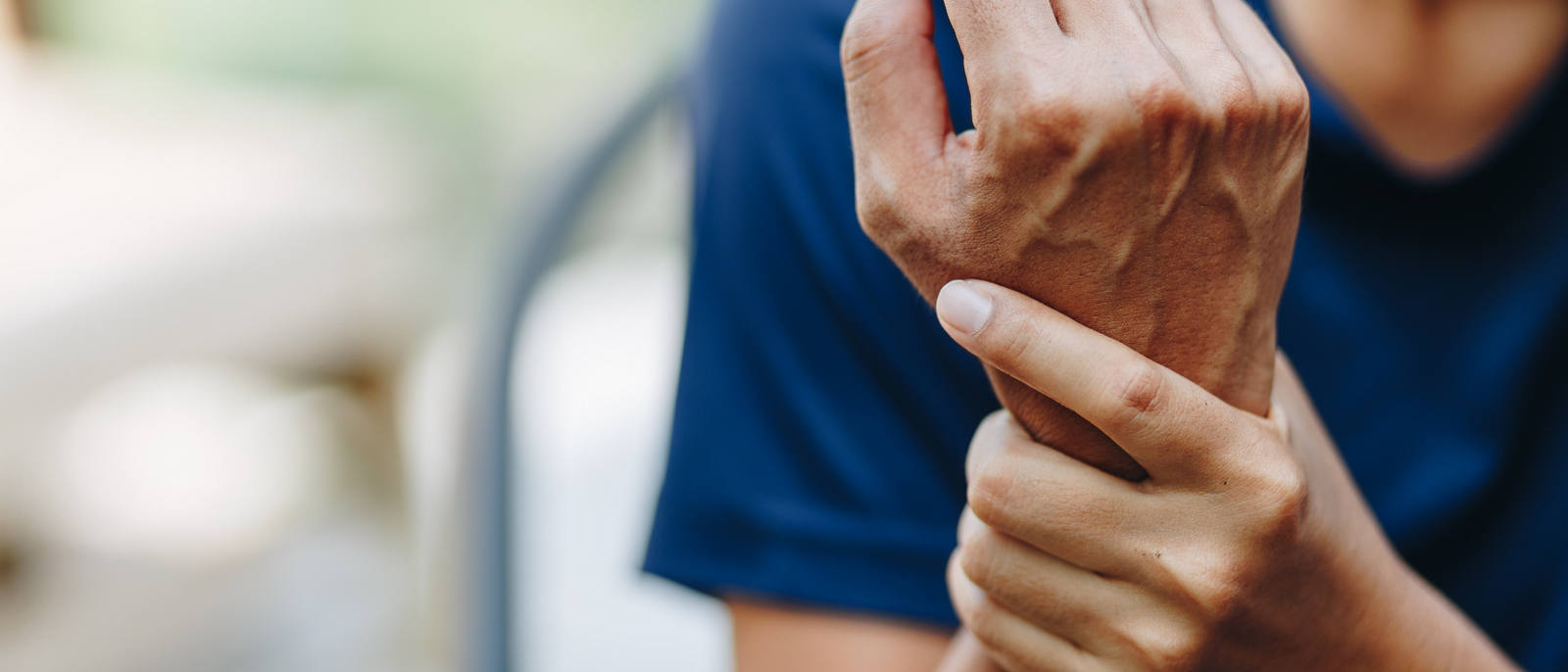the Swiss League against Rheumatism
The League works to combat rheumatic diseases and helps healthy people to stay that way through prevention and information programmes. Its services aim to meet the needs that neither the public sector nor profit-seeking providers.


